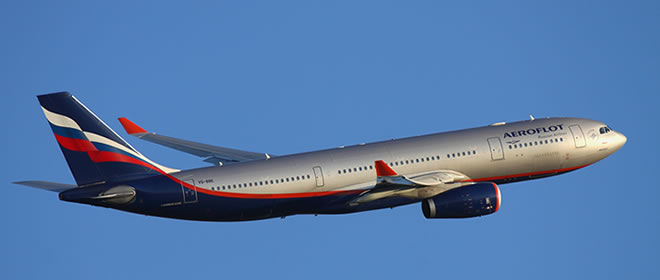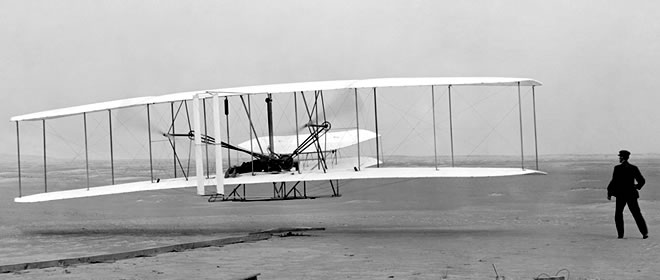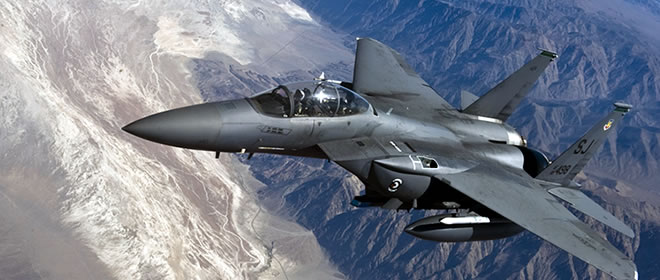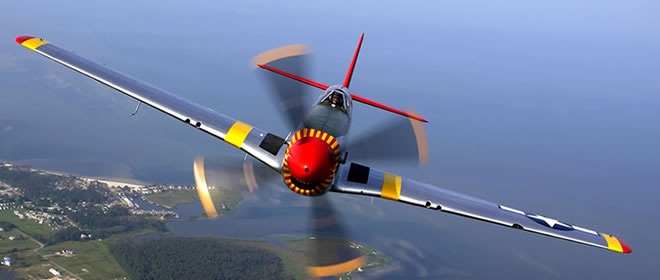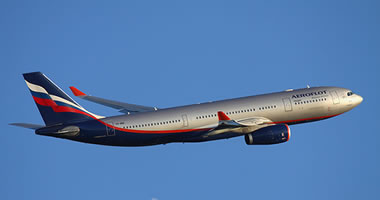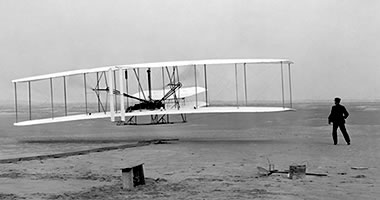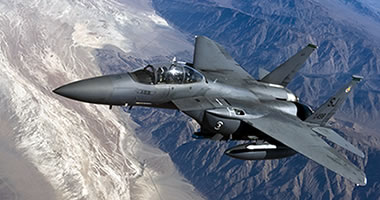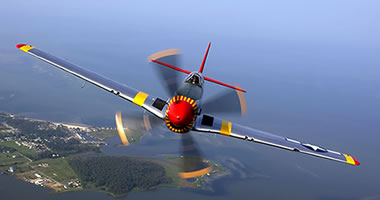St Merryn
ST MERRYN see also TREGOLDS FARM
St MERRYN: Military aerodrome, Royal Naval Air Station (HMS VULTURE later HMS CURLEW)
Note: This picture (2017) was obtained from Google Earth ©
Later civil aerodrome (?), certainly a gliding site
Military user: WW2: RN Fleet Air Arm OTS (Operational Training Squadron)
807 Sqdn (Fairey Fulmars)
Operated by: 1984 to 1990: Cornwall Parachute Club
Location: NE of Penrose village, 2nm SSW of Padstow
Period of operation: Military: 1940 to 1956 Civil: 1985 certainly, still in use?
Runways: WW2: 01/19 914x27 hard 05/23 914x46 hard
10/28 942x27 hard 14/32 1161x27 hard
NOTES: I have listed 807 Squadron being based here simply to make the point that very often, at many WW2 aerodromes, squadrons were very often moved around – especially when ‘working up’ to operational capability. 807 Squadron started ‘working up’ at WORTHY DOWN in HAMPSHIRE and were then sent to St MERRYN for air firing practise. Quite often therefore, their stay was fairly short. As stated elsewhere the only reason I have included such details is to give some idea of the types of aircraft you might have seen. At St MERRYN I expect quite a large range of types were visiting and I would appreciate any details of other types that would have been seen here.
AN INTERESTING ACCOUNT
In his most interesting book The Urge To Fly Don Robertson makes these (abridged) remarks after having been on the course at St MERRYN: “On returning to Worthy Down I was sent to Lee-on-Solent in charge of a flight of three Fulmars. We were briefed to make an attack on an unmanned radio controlled, high speed power boat undergoing special trials operating in the West Solent. It was fun to fire one’s guns at a live target but, due to lack of good radio communications, the whole episode was a mess.”
“Our aim and/or gun alignment was also wide of the mark as we scored the minimum of hits on the craft during several attacks. After this I always insisted on setting up my own guns and sight, taking the greatest care to see that the aircraft’s attitude was correct for the expected attack speed and the gun pattern was focused on a point at the correct distance. Considering the cost of the weapons as a whole, the aircraft, the guns, the crew and the training, the best natural shot in the world is no good unless he knows his weapon and how it fires, yet it was surprising to find that many fighter pilots accepted a new aircraft from a supply depot without making their own check of the gun alignment.”
Without much doubt these couple of paragraphs speaks volumes? At best it seems to indicate a quite slapdash approach by so many pilots, most if not all of whom we are now expected to be regarded as ‘heroes’, but who actually, in so many cases, had a most unprofessional attitude to the job in hand. Quite how this can be adequately explained is, without much doubt, a hugely complex affair - except that I imagine, on the whole, most of these very young pilots had the typical arrogance of youth? They had achieved the lofty ideal of hero warriors - and getting their ‘hands dirty’ regarding the actual mechanics of their machines, was perceived as being a task for lesser ranks?
It also appears to indicate that the course at St MERRYN was pretty much a complete waste of time! Whether or not this applied here, I have no idea, but - both the Royal Air Force, and presumably the Fleet Air Arm (?), did appear to focus far too much attention on theory and often hopelessly outdated tactics.
MR BOB PARTRIDGE
From the late 1970s it appears Bob Partridge operated the site with a Piper Cherokee, Auster and Taylor Monoplane. He then went on to fly gyroplanes in the early 1980s on types such as the Campbell Cricket and McCanldless types. Bob Partridge also took place in a Round Britain Microlight Challenge flying a Thruster during the 1990s. One of Bobs farm staff was telling the folks of St Merryn village that his boss was, “Flying around Britain in a microchip.”
We'd love to hear from you, so please scroll down to leave a comment!
Leave a comment ...
Copyright (c) UK Airfield Guide
